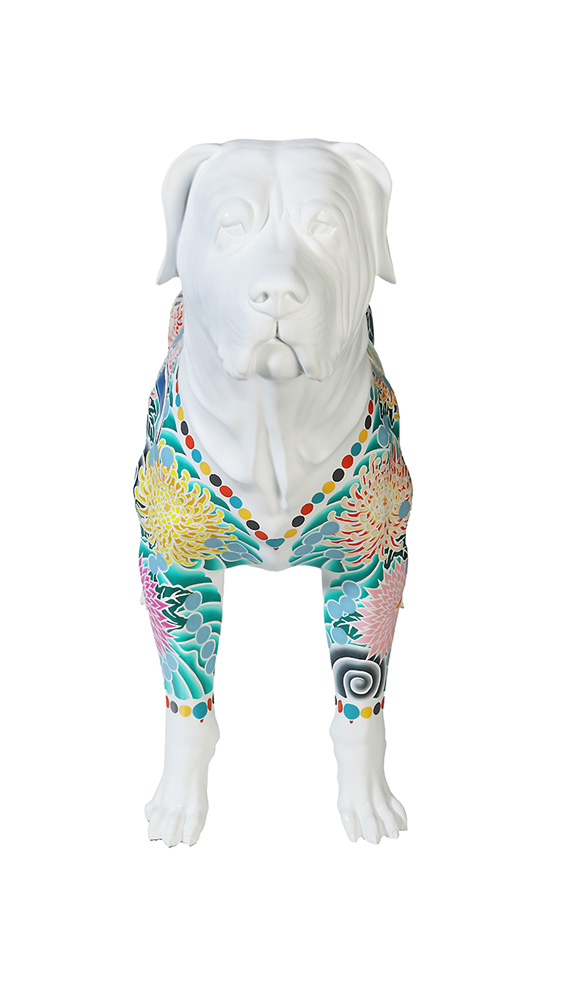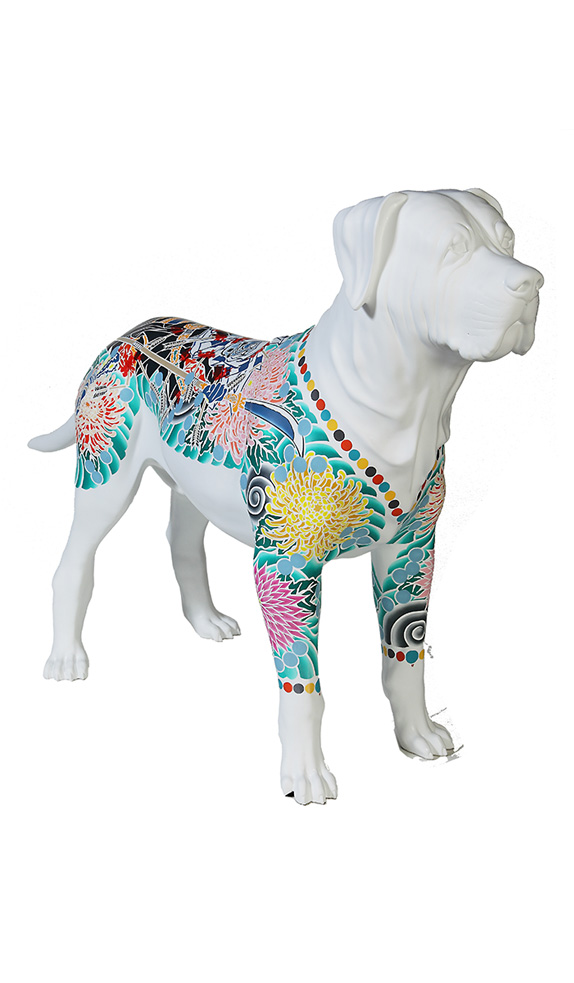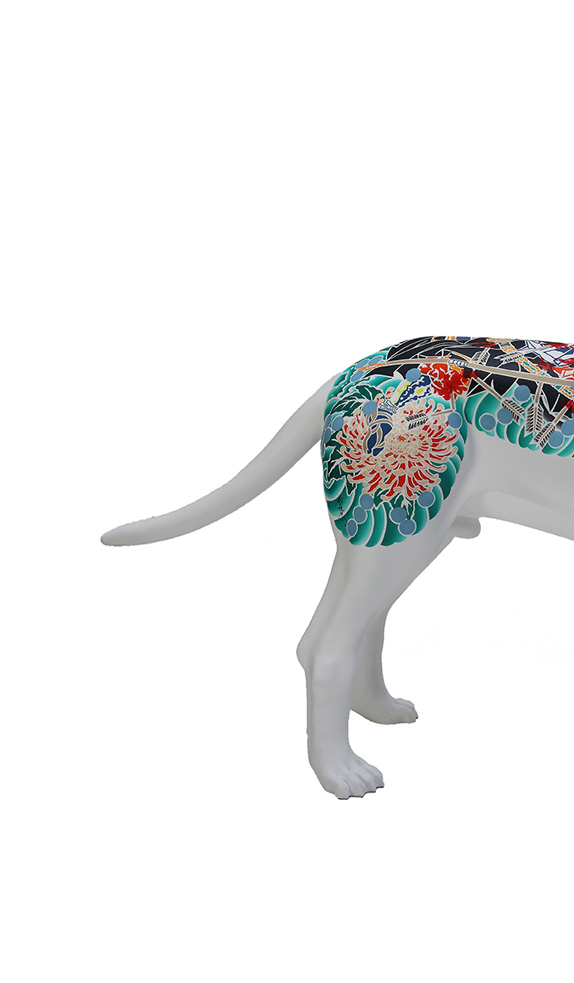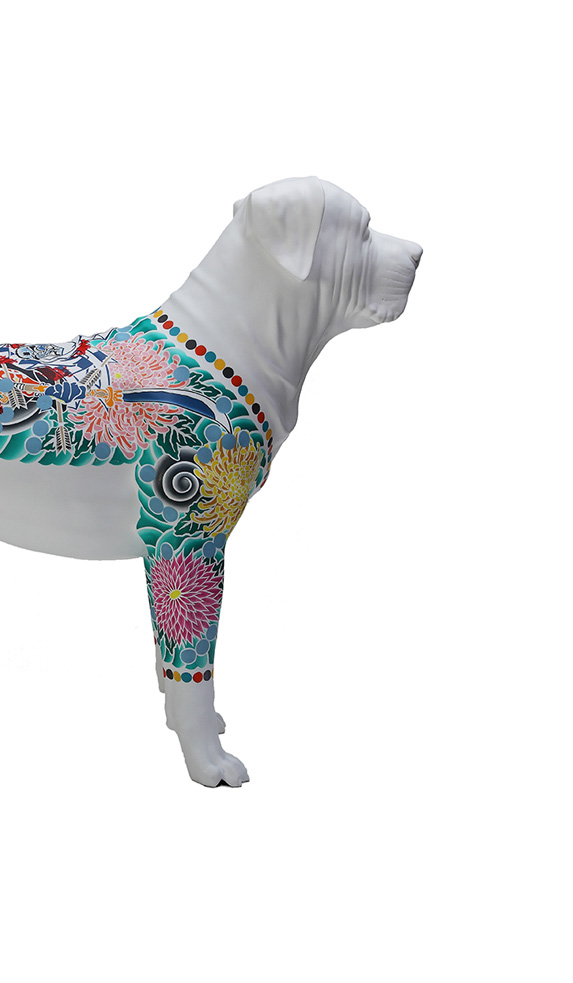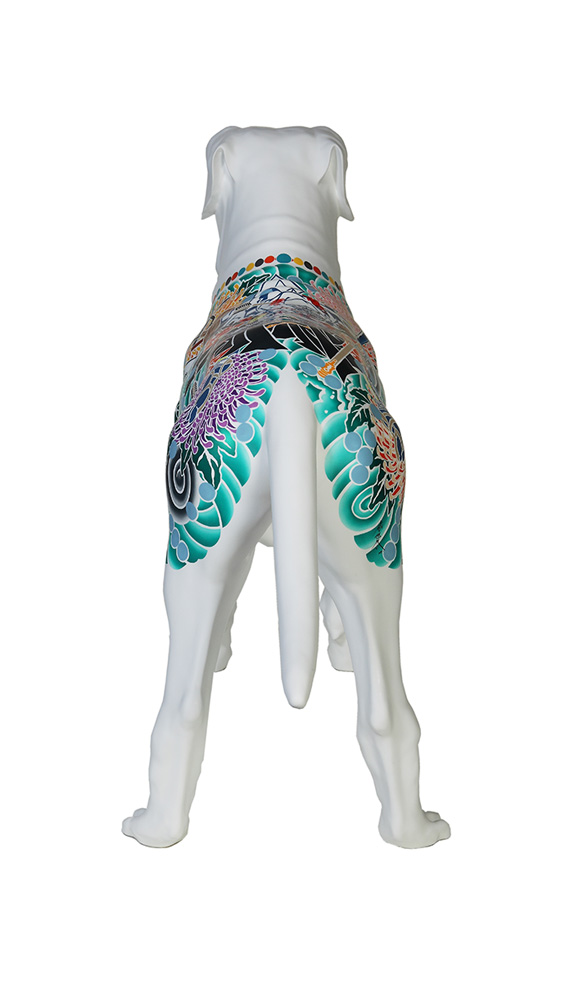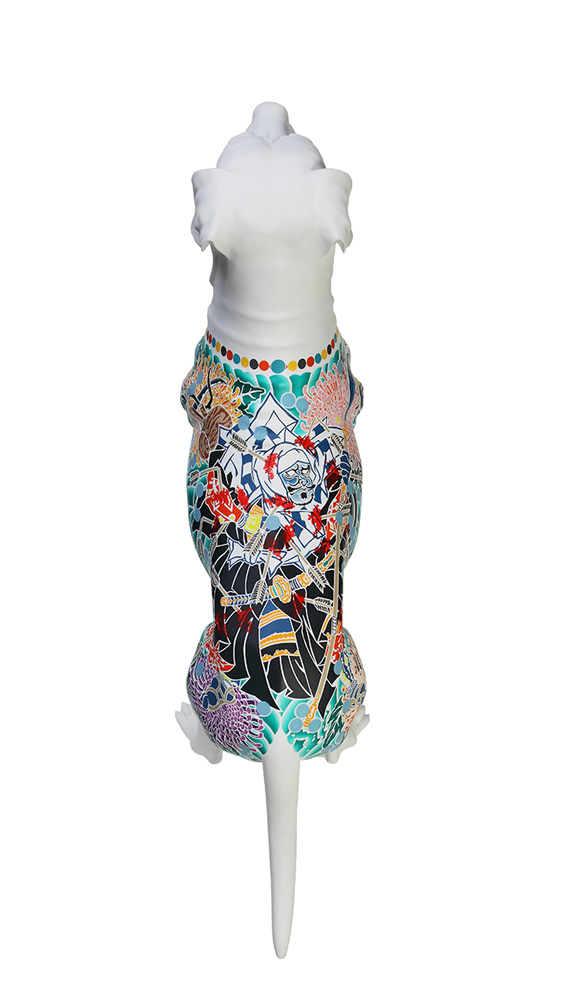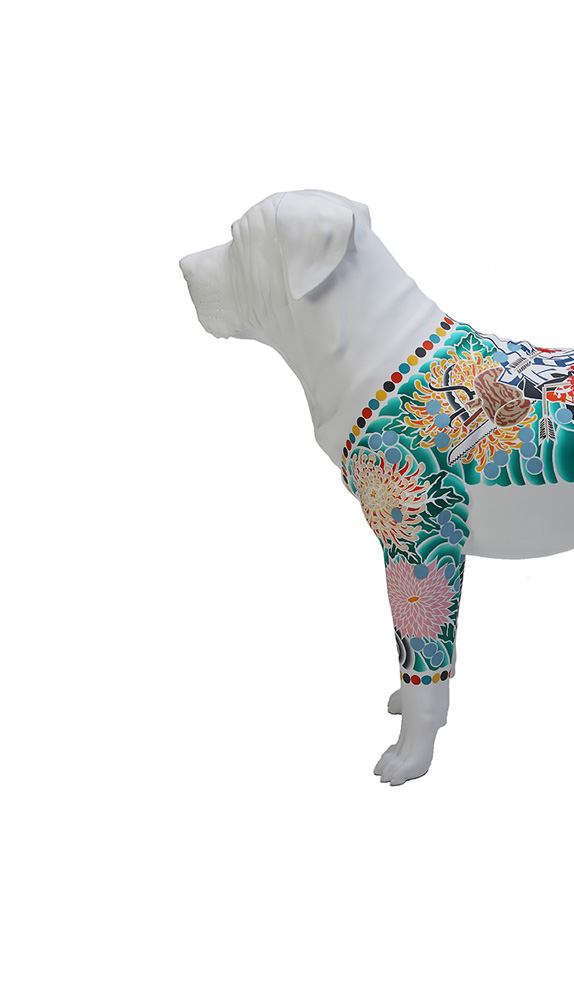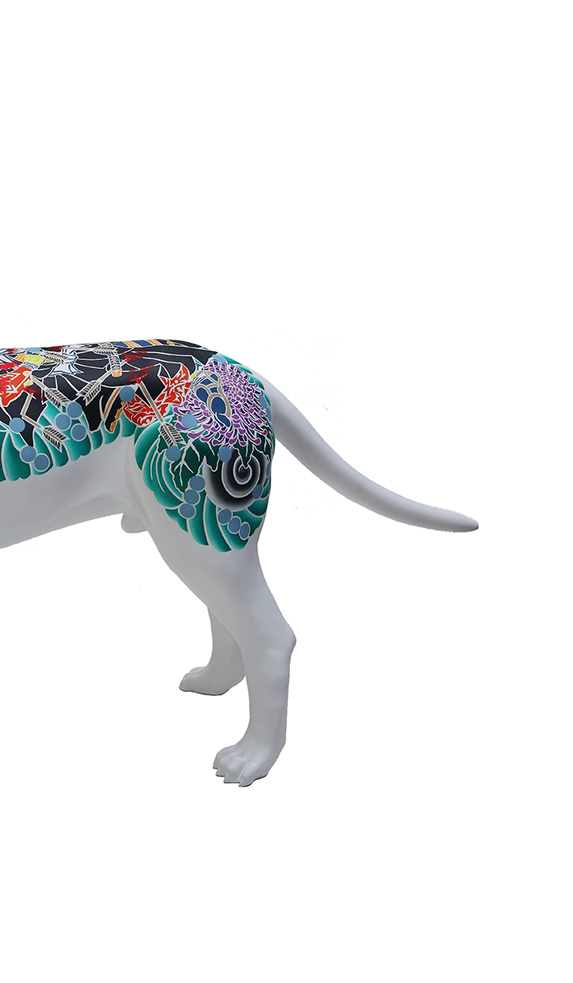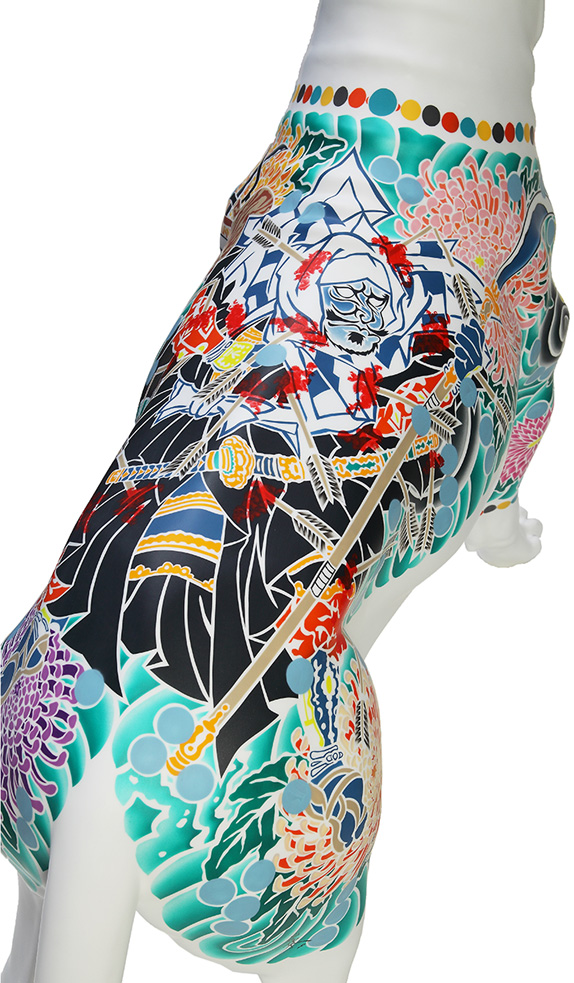Birth and background of Zensui
The year was 1976.
Even though Japan had finished its period of rapid economic growth, the cities were still full of people and full of vitality. Zensui was born in the Showa era, a time when the smiles of families and local people and the social community of helping each other still existed.
Surrounded by his parents, siblings, grandparents, and his dog, Zensui grew up in a normal environment, but from an early age, his curiosity about “why” was stronger than anyone else.
He says
Japanese norms and social common sense. Individuality is suppressed by peer pressure.
Schools and teachers who punish students based on interpretation rather than facts, and who bind students with baseless school rules that require them to “read the atmosphere and be cooperative.
“Who am I?”
Zensui’s genuine doubts grew and grew until he found himself in a community of “dissenting” delinquents.
As he grew older, his questions only grew, sometimes looking for answers in history, sometimes asking questions to many people, he began to feel that Japan, the country he was born and raised in, was an oppressive environment with little freedom, unlike many other countries in the world.
From the 1990s to the 2000s, the Internet expanded, creating a world in which many people and information were connected.
I wondered if there were people out there who felt the same questions I did.
With a smartphone in hand, we can travel the world by LCC, and anyone can become a communicator through SNS.
It was a moment when the distance between the worlds became overwhelmingly close.
Zensui took off. And I saw and felt the world firsthand.
It was the moment when I began to understand the answer to the question I had felt since childhood, “Who am I?
Zensui chose to express the feelings he felt in his heart as art.
This is a beautiful and sad story of the far east of the biased “Far East Japan.
Zensui is an artist living in the 21st century, recording the turning point of the times.
Features of the art
The colors are a fusion of Japanese traditional and modern.
The creative aesthetics of IREZUMI and Zensui’s own identity are compared and contrasted to express tenderness and liberation in the midst of absurdity and oppression.
Zensui says
Zensui says, “IREZUMI are a false image constructed by the Japanese media with a political agenda, as a brutal and vicious anti-social symbol, both at home and abroad. However, behind the prejudice, human kindness, humanity, and the spirit of helping the weak are the essence and beauty of IREZUMI. He said.
Through Zensui’s works, I hope you can feel the essence of the beauty that lies behind.
Activity history
The first exhibition was held in Nagoya. (Exhibition in Tokyo was cancelled due to the Great East Japan Earthquake on March 11)
2013 Participated in an art exhibition in New York. (The exhibition was cancelled due to the Great East Japan Earthquake on March 11, 2011. Since then, he has been focusing on creating artworks, including custom-made works.
Held a month-long solo exhibition in Tokyo. After that, he received offers from companies outside Japan, and started activities that combined art and promotion.
In addition to painting and design, he will release a new original music track and start producing an album.
Zensui also released NFT art as a symbol of the evolution of new works and expressions.
